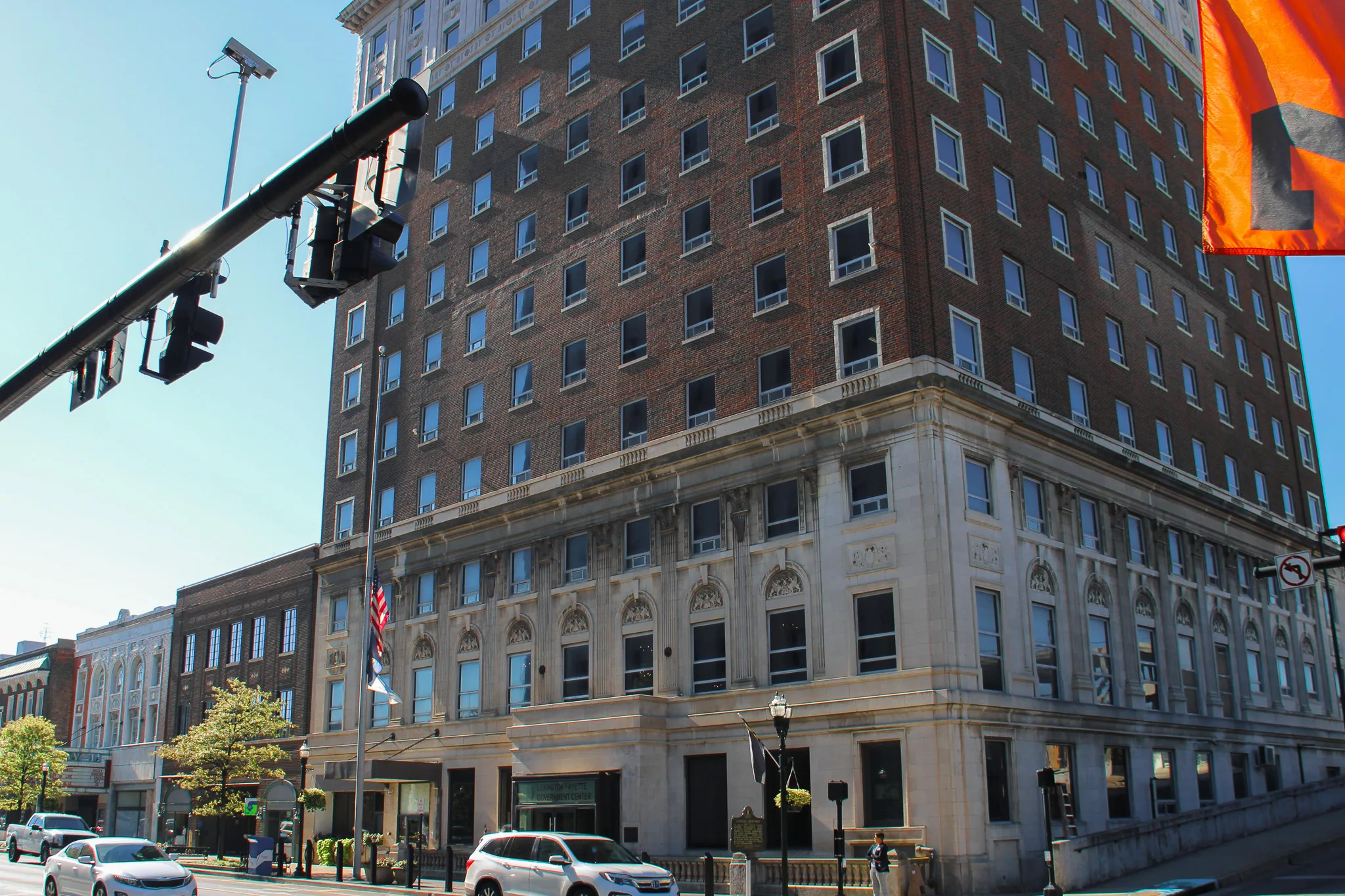Zoning reform package gets final approval from Council


Council has officially passed the Urban Growth Management Zoning Ordinance Text Amendment (UGM ZOTA)! Council gave the ZOTA final approval on Thursday, June 27th. Councilmember Fred Brown (District 8) was the sole vote against the ZOTA.
The UGM ZOTA is a massive zoning reform package that seeks to advance goals in the Comprehensive Plan related to walkability, bikeability, housing diversity, increased density, affordable housing, and environmental sustainability.
If passed, this ZOTA could have a significant impact on land use in Lexington. Here is a list of some of the potential changes:
-
Allowing multi-family housing (up to 8 units) on lots in R-2 Mixed Low Density Residential zone. This would be an increase from two housing units
-
Where are R-2 zones? Examples of R-2 zones include many parts of Kenwick, Chevy Chase, and Waller Avenue.
-
-
Removing drive-thrus as an allowable use in the B-1 Neighborhood Business Zone, except on arterial roads.
-
Where are B-1 zones? Examples of B-1 zones include much of Chevy Chase, Southland Drive, and Jefferson Street.
-
Drive-thrus are strictly prohibited on local streets and collectors (Euclid Avenue, Waller Avenue, Ashland Avenue, and others).
-
Drive-thrus would be allowed as a conditional use on arterial roads (Broadway, Nicholasville Road, Richmond Road, and others).
-
Click here to see a map of which Lexington roads are considered arterials, collectors, and local streets.
-
-
Removing gas stations as an allowable use in the B-1 Neighborhood Business Zone.
-
Letting sites with affordable housing can build more units on a lot than their zone typically allows. This is called a Density Bonus.
-
What could this do? Affordable Housing can be expensive to develop. Allowing more units on a lot could theoretically lower the end cost per unit, potentially reducing the rent.
-
Affordable housing in the ZOTA is defined as housing reserved exclusively for renters at or below 80% Area Median Income (AMI).
-
-
Create a similar Workforce Housing Density Bonus, which would allow housing developments reserved for residents making 120% or lower AMIE to build more units than typically permitted in their zone.
-
Change the B-3 Zone, which would now be called the Corridor Business Zone. The changes would reduce the number of gas stations and car lots allowed in this zone and would allow multi-family residential development like apartments.
-
Create a new Corridor Node Zone, which would prioritize walkable, high-density commercial and residential developments along corridors with current and future transit access. It would also prohibit surface parking lots, requiring parking to either be in a garage or along a side-street.
-
Remove maximum setbacks for residential buildings in the R-2 Mixed Low Density Residential, R-4 Medium Density Residential, and R-5 High Density Residential zones.
-
In many zones, buildings must be a certain distance away from the front of the lot they are on — this distance is called a setback.
-
Eliminating setback requirements may provide developers more flexibility in developing on smaller lots, or lots with unique challenges like significant trees that need protection.
-
You can read the full UGM ZOTA here.
Republished from CivicLex.
CivicLex’s work is licensed under a Creative Commons Attribution 3.0 United States License.
https://www.civiclex.org/weekly-posts/zoning-reform-package-gets-final-approval-from-council